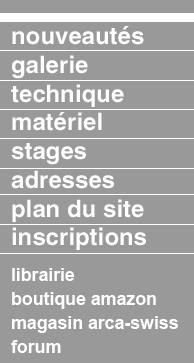Daguerreotypes from
Marinus J. Ortelee
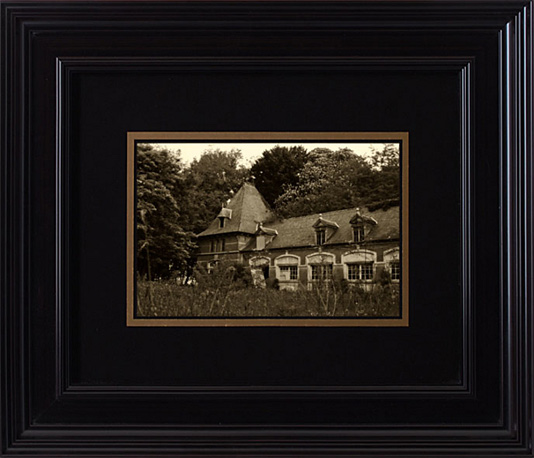
How did you come to
the daguerreotype process?
I have been working and teaching
historical processes for more than 10 years. I have done all the
processes except the Hill type. The Daguerreotype had always a
special place in my heart. In 2007 I quit my job as a professional
photojournalist and started to be a fulltime Daguerreotypist.
Which proportion of
your time as a photographer do you devote to the daguerreotype
process?
As I mentioned above I’m a fulltime
Daguerreotypist. I also work with other processes but 80% of my time
is devoted to the (ante) Daguerreotype (Finally I found the solution
for the process Daguerre tried to before he co-invented the
Daguerreotype. In 2008 it is officially named by Mark Osterman the
anté-Daguerreotype).
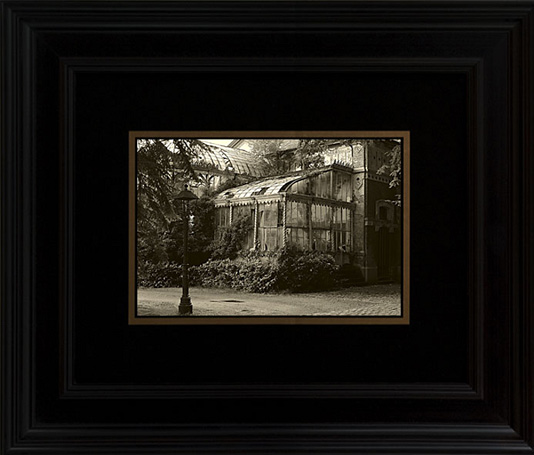
With which equipment
do you make these daguerreotypes?
I use an old bellow-camera around 1880
which I modified for silverplates. Besides that I have made all the
equipment, the fumingbox for the Iodine, bromine and chlorine myself
as also the mercury developing box.
Have you established
any bridges between your practice as a daguerreotypist and digital
photography?
I use digital images for reproduction,
e.g. if a customer wants a Daguerreotype of a deceased relative I
make a digital negative, make a large print in the darkroom and use
the print to make a Daguerreotype using my bellow-camera.
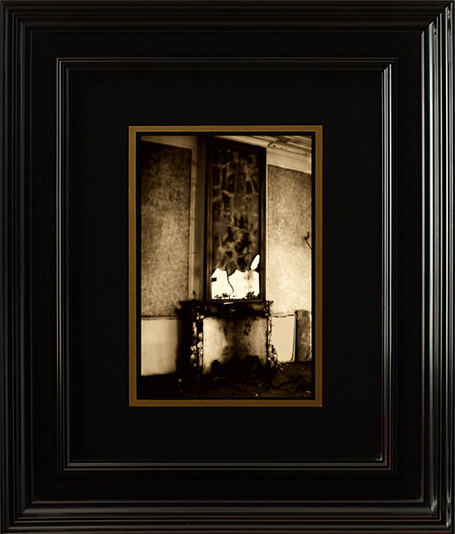
What are the
advantages and drawbacks of the daguerreotype as compared to other
photographic processes?
The important advantage is the
atmosphere of the image. It’s like a 3D image. The warmth, the
emotion is not comparable with any other image. Besides that it’s
the sharpness which is astonishing.
Do you think that
certain subjects are particularly suitable for daguerreotypes?
I make my Daguerreotype mainly in
abandoned buildings which are in decay. Using the Daguerreotype
makes it possible to “show” the emotional feeling to the viewers
which I encounter inside such an environment.

What are the main
features of a good daguerreotype in your opinion?
Polishing is everything. If a plate is
polished as good as possible it gives more sharpness, contrast and
emotion.
How do you see the
future of daguerreotypes?
Daguerreotypes will always be made by
dedicated people. But making a living out of it, mainly because of
the extensive work, will be hard to do so.
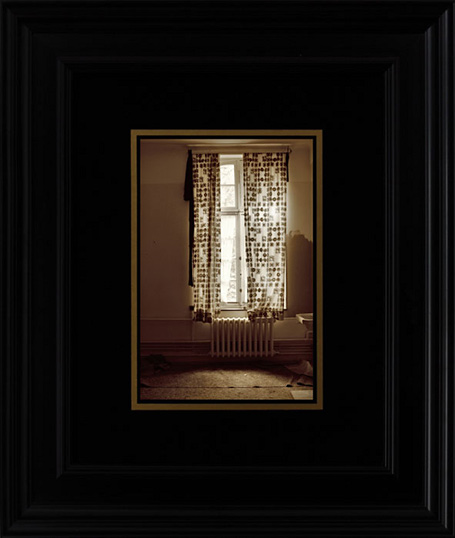
Would you have any
advice to young photographers wishing to make daguerreotypes?
Don’t be afraid trying. But be aware
of the many, many failures you will encounter before getting
something which looks like a Daguerreotype. Be careful with the
chemicals. One mistake can be fatal. Read everything about making a
Daguerreotype you can get before you start. But if you feel the urge
to do. DO IT!!
voir également sur la daguerréotypie :
daguerreotypes de sean culver
eric-mertens : daguerréotypes
jerry spagnoli : daguerréotypes
marc kereun : daguerréotypes
marc kereun : l'exposition de daguerréotypes contemporains de Bry sur Marne
marc kereun : technique du daguerréotype
marinus j. ortelee : daguerréotypes
patrick bailly-maitre-grand : daguerréotypes
reproduire pour exposer
rob mcelroy : daguerréotypes
|
